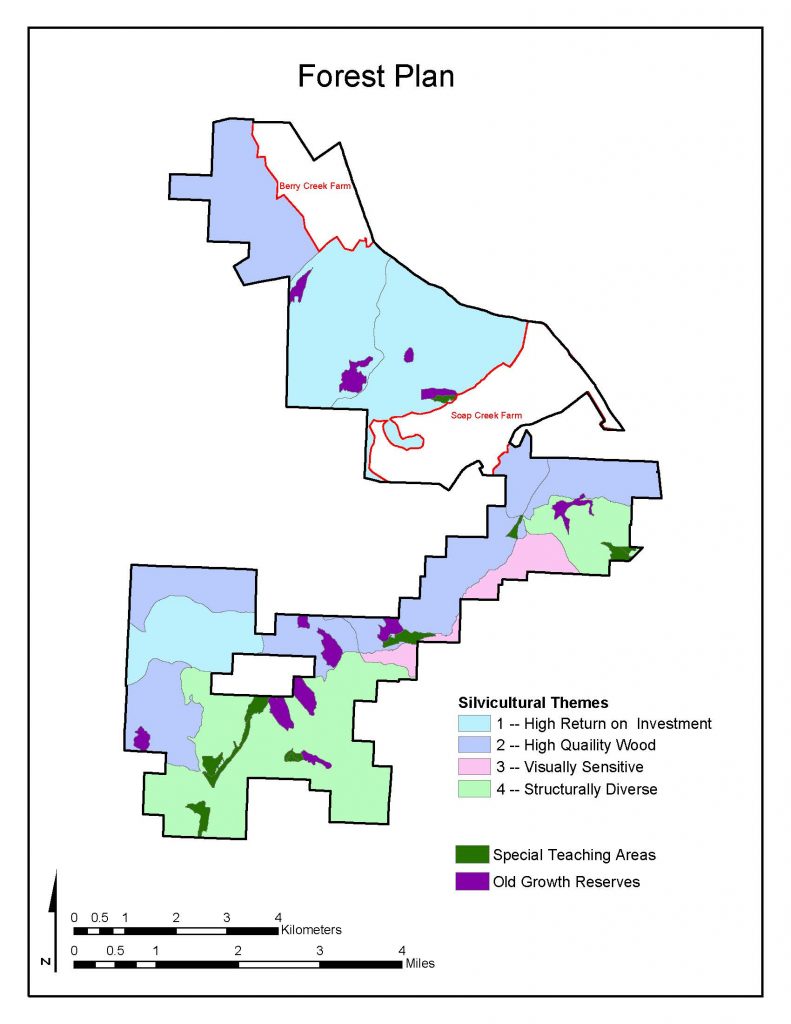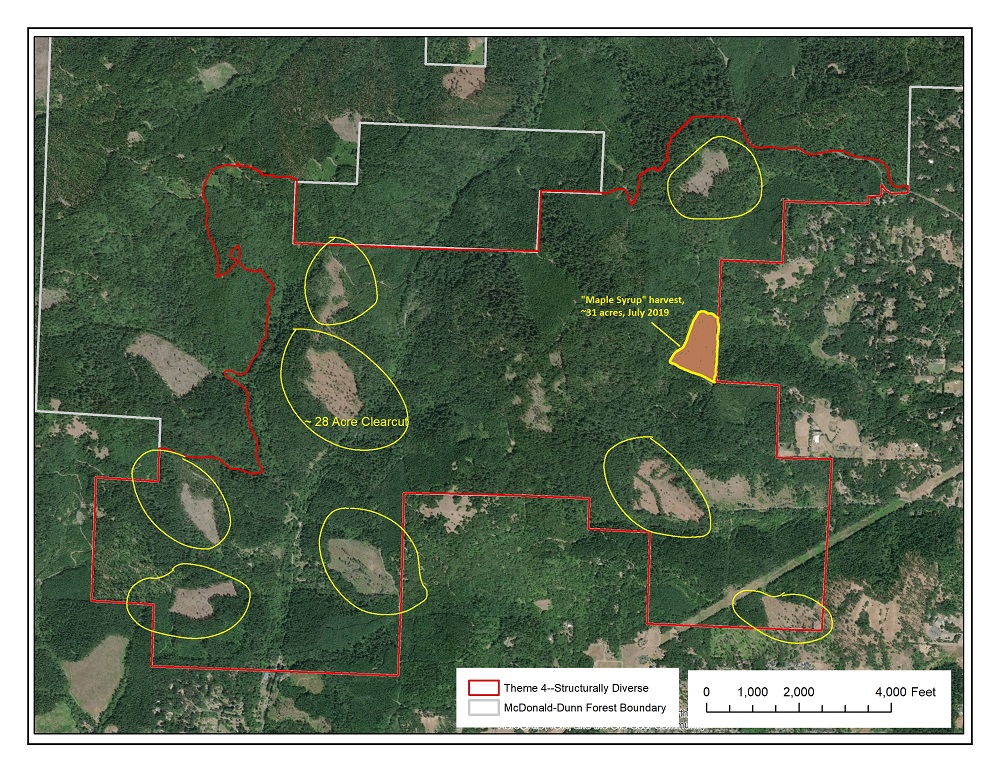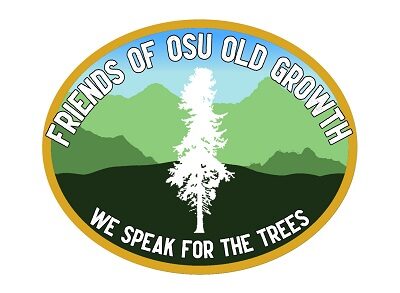In response to recent revelations about OSU cutting old-growth trees, College of Forestry Dean, Anthony Davis, has defended their forest management process. The Corvallis Gazette Times reported (on July 21st), “Davis took issue with the notion that the college has no plan at all for managing its research forests, saying that the principles of the “suspended” 2005 plan are still being followed.” The Oregonian reported (on July 27th), “Davis said the school was following its management plan as it drafts a new one in what will be a years-long process”. When confronted by evidence of a current harvest which violates the Plan’s prescription (for 1-4 acre harvests) in the southern zone of McDonald Forest, Dean Davis replied to The Oregonian reporter, “We use it as the basis for our decision-making…that doesn’t mean we follow it to a T“.
The Dean’s defense of the College’s adherence to the “suspended” 2005 Research Forest Plan simply does not agree with the evidence. A closer examination reveals a number of glaring violations of the Plan. First and foremost is the failure to follow the 1-4 acre harvest prescription in the southern section of the McDonald Research Forest (labeled “Silvicultural Theme 4 – Structurally Diverse” in this map from the 2005 Plan):

Theme 4 was designated as a “Structurally Diverse” area, where wildlife and recreational values would take precedent. Page 24 of the 2005 McDonald Forest Research Plan states: “Regeneration will occur after small, one to four acre group-selection harvests.”
An aerial photo of the Theme 4 (Structurally Diverse) zone shows 9 recent harvests which greatly exceed the 1-4 acre prescription:

Note: the red line surrounds the Theme 4 area (shown in light green) in the map above. The area in brown is the current, 31-acre “Maple Syrup” harvest.
The harvests in the aerial photo are predominantly clearcuts and range in size from ~15 to 31 acres (4 to 8 times larger than allowed) . Many of these harvests occurred in sections of forest that were previously identified as nesting/roosting/foraging (NRF) habitat for northern spotted owls (the topic of a future blog post). Any insistence that Research Forest staff are still following the (suspended) 2005 plan is simply not accurate.
